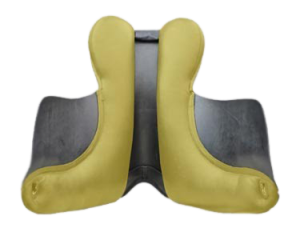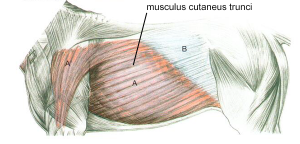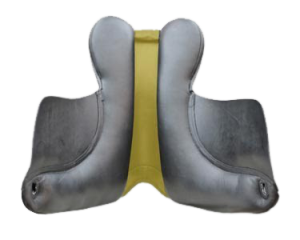The anatomica philosophy:
freedom of movement + optimal weight distribution = relaxation and better performance
The idea behind the Anatomica dressage saddle concept is simple: a relaxed horse will enjoy riding more, resulting in better performance. Relaxation can only be achieved by relieving the horse as much as possible.
The way to achieve this is a bit more complicated. A horse can only relax when it can move without enduring any kind of pain. With this relaxation, your horse can move more freely, creating gaits with so called ‘schwung’.
In order to make pain-free movement possible, it is necessary to study the anatomy of the horse and to look into technological development in dressage saddle making.
When we take a closer look at the muscles involved in the movement of the horse, we see that the following muscles are very important:

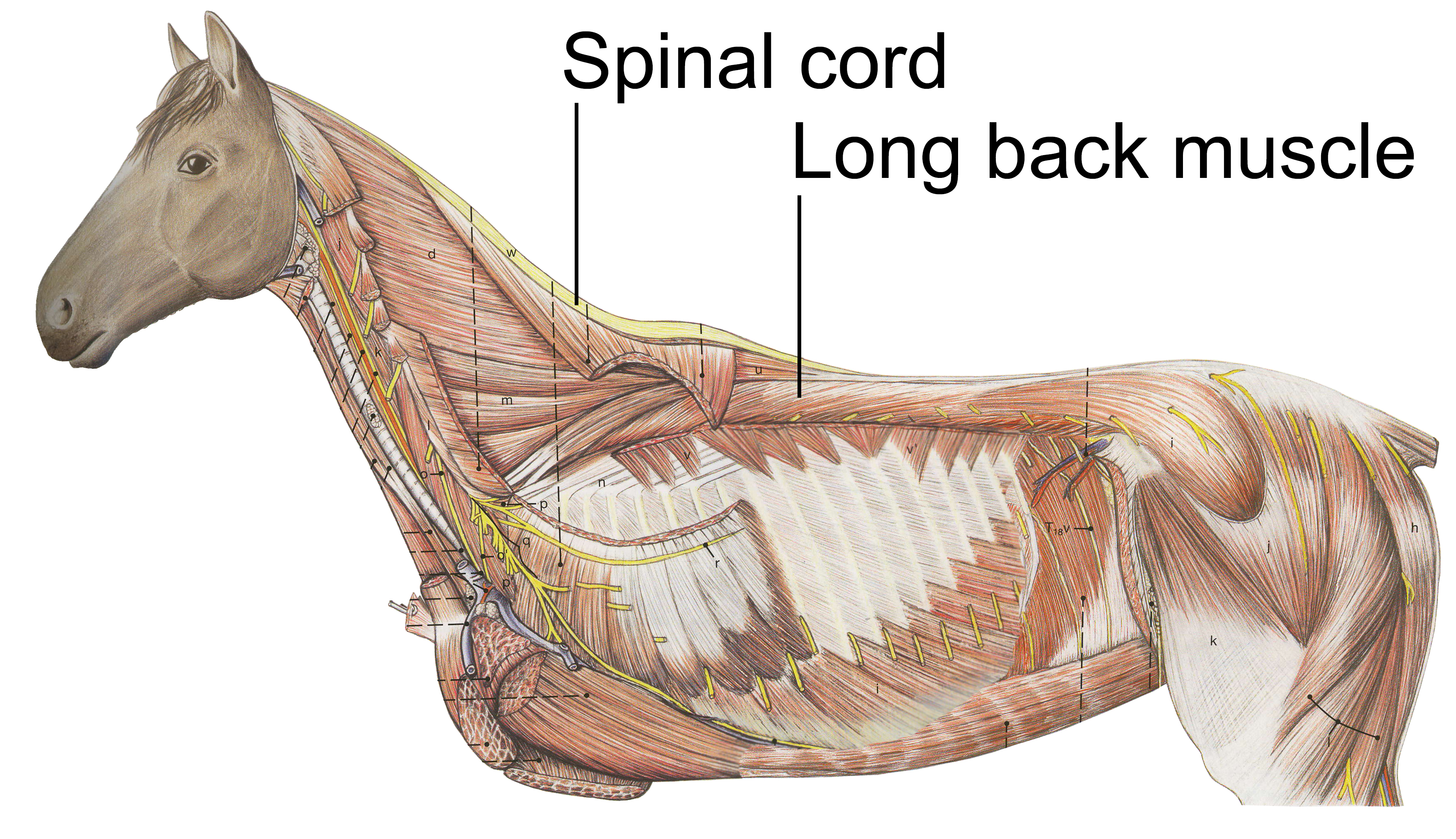
The trapezius muscle attaches the neck (cervical) and the mid back vertebrae (thoracic) to the shoulder blade (scapula). The trapezius muscle enables the horse to move its shoulder forward and to raise its leg.

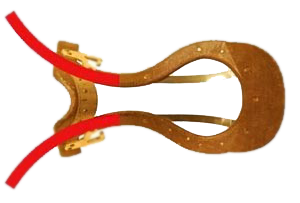

 Anatomica offers a range of different panels for the Anatomica saddles, suitable for differnt types of horses. The saddle pictures on the left side in the picture above is a saddle with relatively short saddle panels. These panels are very suitable for horses with a weaker of shorter back. The saddle pictured in the middle shows the saddle panels of a mono-flap saddle. These saddles only have one saddleflap, ensuring optimal contact between horse and rider. These panels are a bit wider than those of saddles with a double saddleflap. The saddle picured on the right side of the picture above shows a saddle with a double saddleflap. These saddle panels are very suitable for horses with a lot of muscle on the back and flank. This makes these panels very suitable for stallions too.
Anatomica offers a range of different panels for the Anatomica saddles, suitable for differnt types of horses. The saddle pictures on the left side in the picture above is a saddle with relatively short saddle panels. These panels are very suitable for horses with a weaker of shorter back. The saddle pictured in the middle shows the saddle panels of a mono-flap saddle. These saddles only have one saddleflap, ensuring optimal contact between horse and rider. These panels are a bit wider than those of saddles with a double saddleflap. The saddle picured on the right side of the picture above shows a saddle with a double saddleflap. These saddle panels are very suitable for horses with a lot of muscle on the back and flank. This makes these panels very suitable for stallions too.